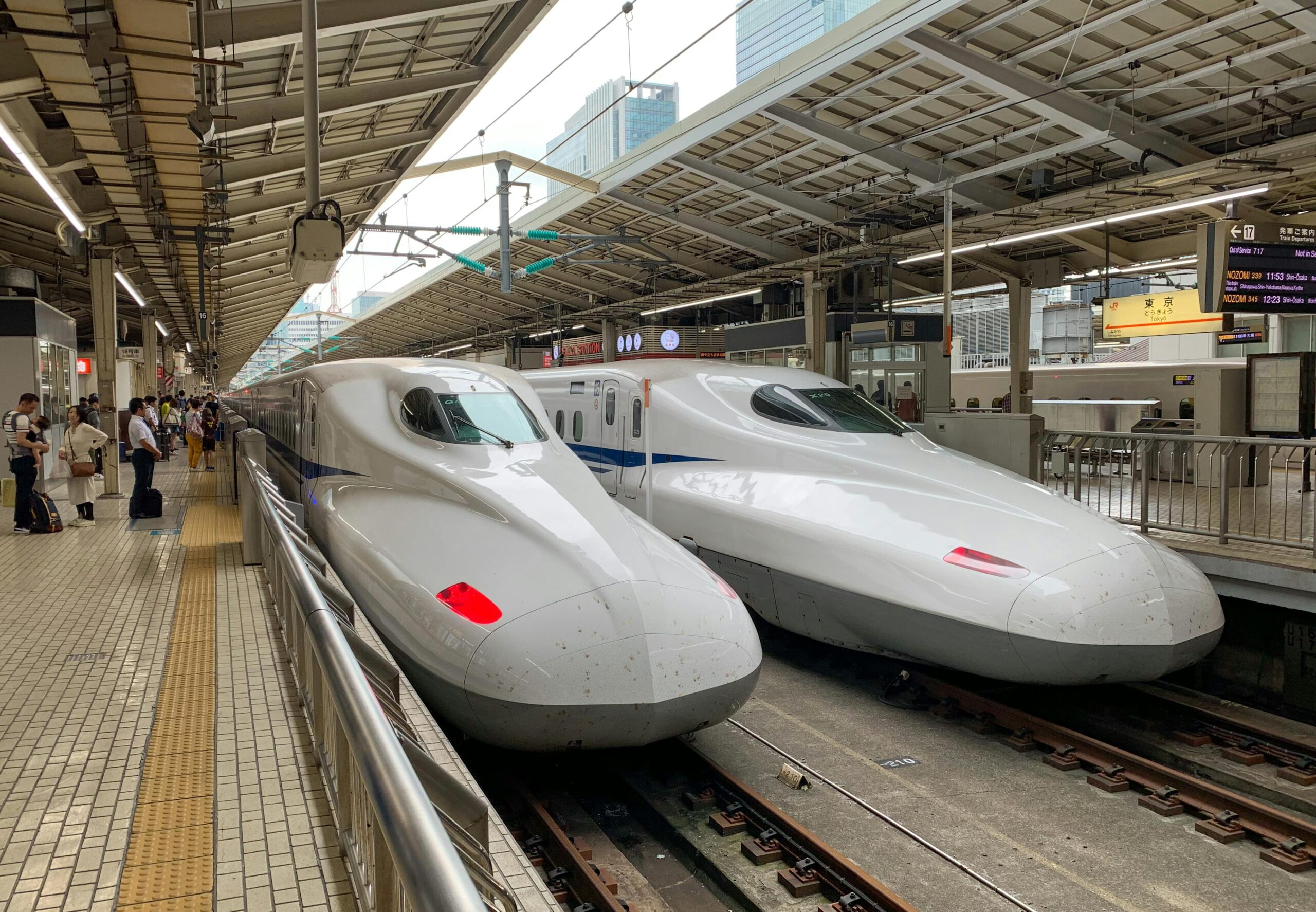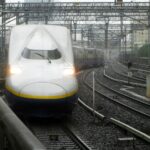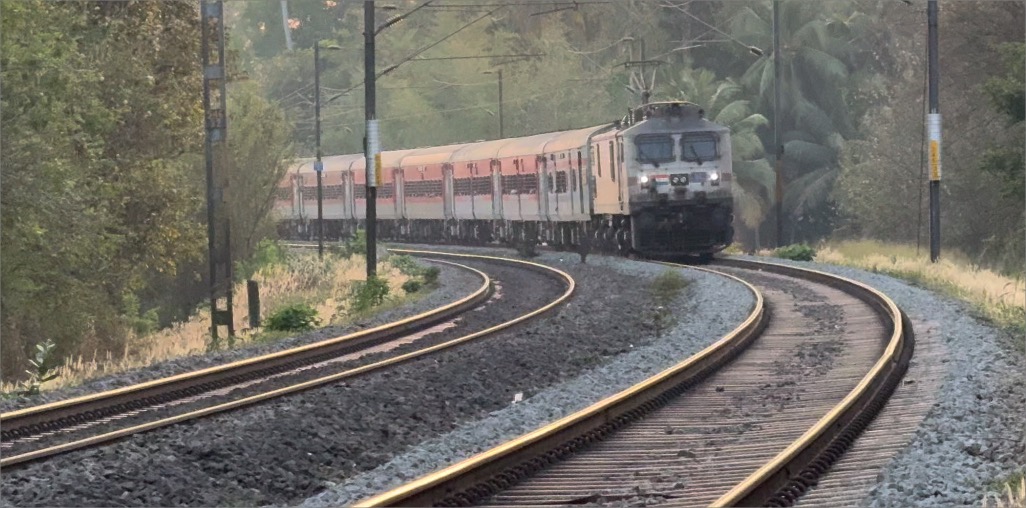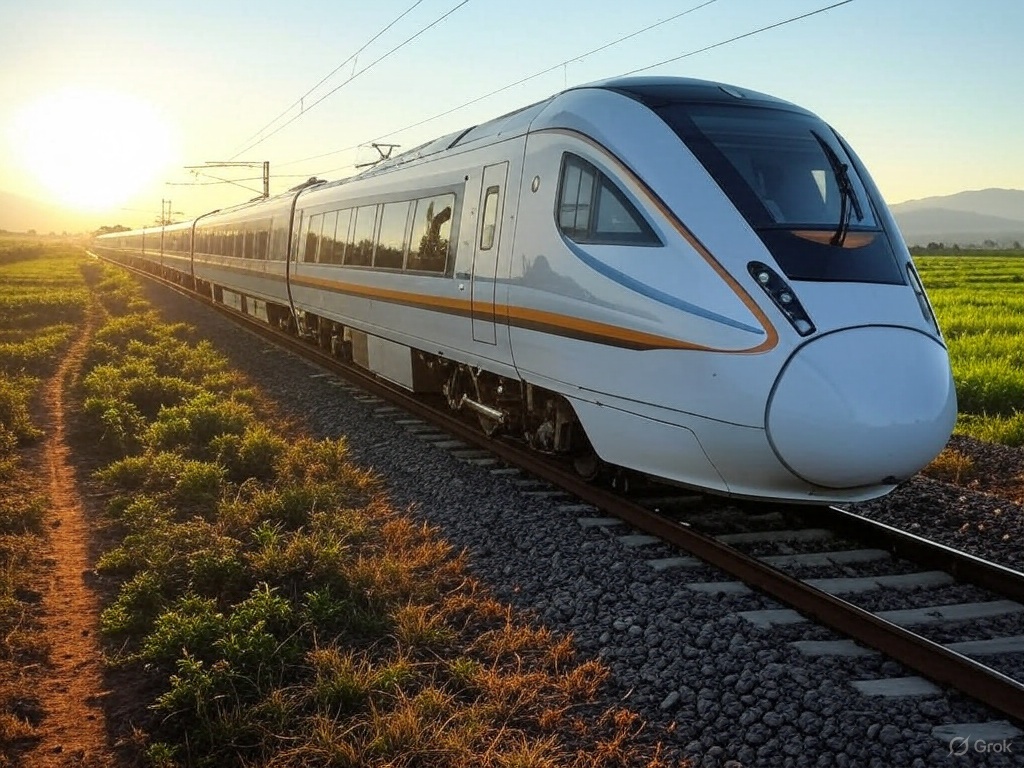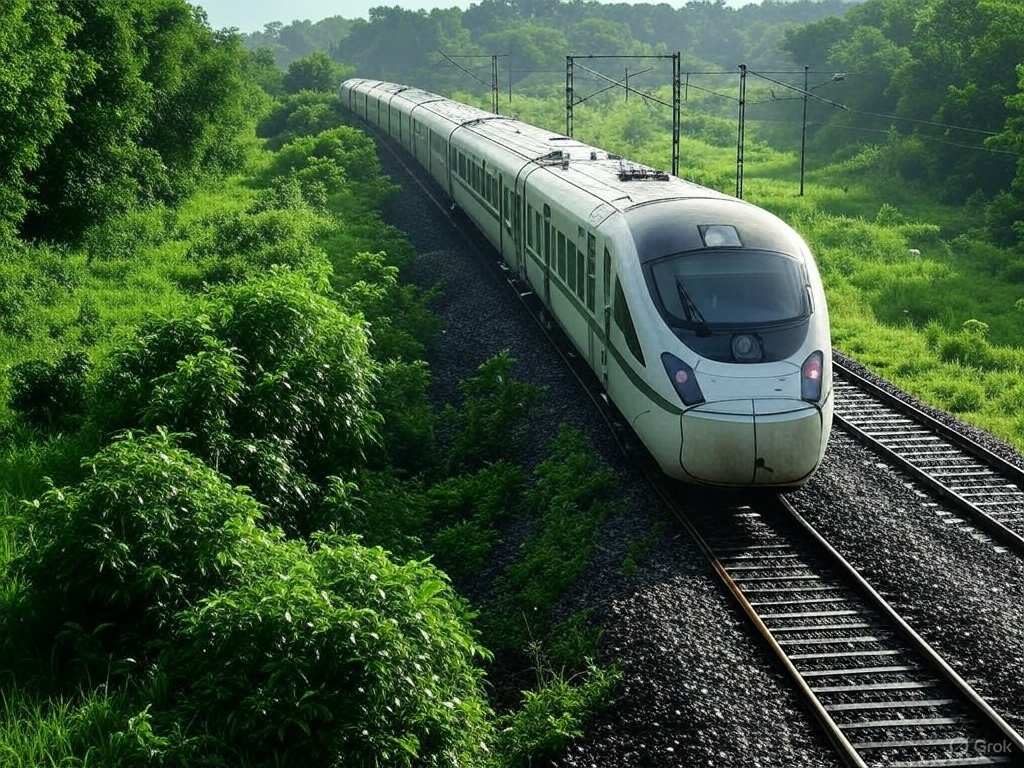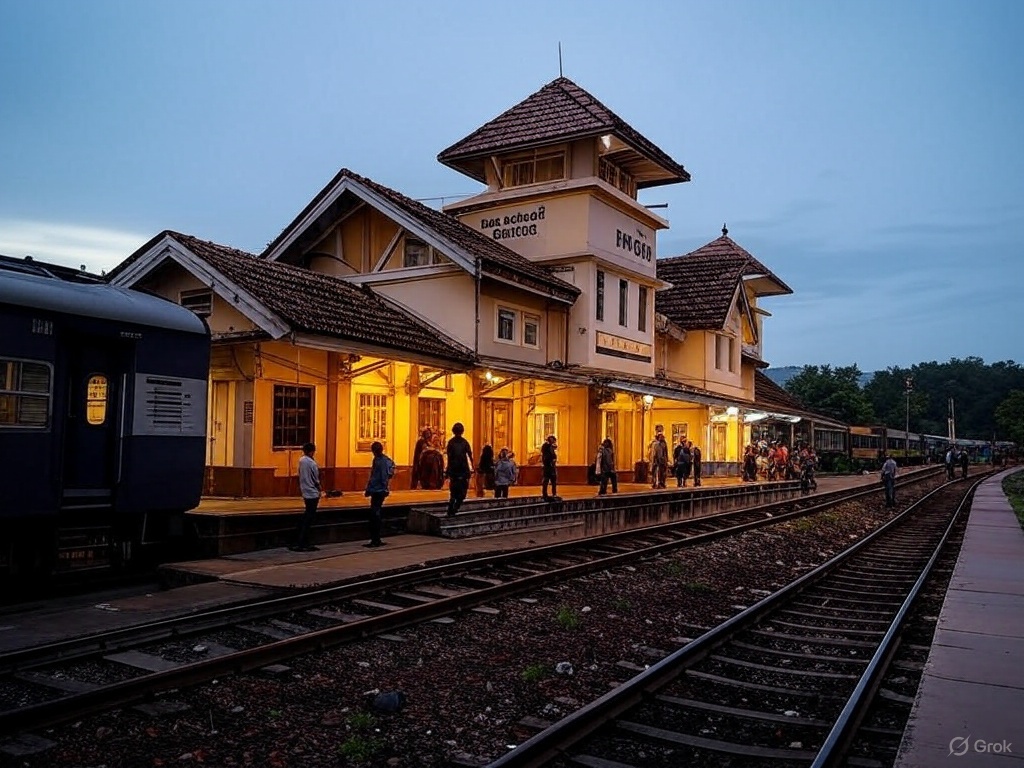China and India, both major economies in Asia, have taken different paths in developing their high-speed rail (HSR) capabilities and infrastructure.
China
China’s high-speed rail development is the most extensive in the world. The country has made massive investments in HSR since the first line opened in 2008, leading to a network that spans over 40,000 kilometers as of 2023. This makes it the largest HSR network globally, connecting major cities across various regions with trains that can reach speeds of up to 350 km/h. Chinese high-speed trains, primarily the CR series, are domestically produced, showcasing significant advancements in Chinese engineering and technology. The network has not only enhanced connectivity but also significantly contributed to economic growth and urbanization, integrating regional markets and reducing travel time dramatically.
India
India’s high-speed rail journey is still at a nascent stage. The first high-speed rail corridor is under construction, connecting Mumbai and Ahmedabad. This project, known as the MAHSR (Mumbai-Ahmedabad High Speed Rail), is expected to be completed by 2027. It will feature Japanese Shinkansen technology, with trains designed to travel at speeds of up to 320 km/h. The development of HSR in India faces numerous challenges, including high costs, land acquisition issues, and the integration of such advanced rail technology within the existing infrastructure. However, the potential benefits of reduced travel times and economic stimulation through improved connectivity are significant.
Comparison:
- Extent of Network: China’s HSR network is extensive and covers a vast geographic area, while India is just beginning its journey into high-speed rail.
- Technology and Infrastructure: China uses domestically developed technology for its HSR systems, showcasing significant self-reliance and innovation, whereas India is currently relying on Japanese technology and expertise for its initial HSR projects.
- Speed and Efficiency: Chinese high-speed trains currently operate at higher speeds compared to what is projected for the Indian HSR. China’s operational efficiency and the maturity of its HSR system allow for frequent and reliable service across its network.
- Economic Impact: China’s HSR network has had a transformative impact on its economy and urban development, while India’s potential economic uplift from HSR remains prospective, dependent on future network expansion and successful implementation.
- Challenges: Both countries face challenges, but the nature differs; China continues to expand its network with new technologies like maglev, whereas India is dealing more with foundational challenges like infrastructure integration and project financing.
While China has established a world-leading position in high-speed rail, India is taking initial but significant steps towards developing its own HSR capabilities. Both countries’ efforts reflect their broader economic aspirations and the role of advanced rail infrastructure in shaping future growth and urban development.
Here’s a comparison table summarising the key aspects of high-speed rail (HSR) capabilities and infrastructure in China and India:
| Aspect | China | India |
|---|---|---|
| Network Size | Over 40,000 km | Under construction (Mumbai-Ahmedabad line is about 508 km) |
| Start of HSR Services | 2008 | Planned start in 2027 (Mumbai-Ahmedabad) |
| Top Speed | Up to 350 km/h | Projected up to 320 km/h (Mumbai-Ahmedabad) |
| Technology | Domestic (CR series trains) | Japanese Shinkansen technology (for the initial projects) |
| Key Routes | Beijing-Shanghai, Guangzhou-Shenzhen, Shanghai-Kunming, among others | Mumbai-Ahmedabad (first route under construction) |
| Economic Impact | Significant contribution to regional integration and urbanization | Anticipated economic growth and improved connectivity (potential impact) |
| Operational Challenges | Expansion into new areas, upgrading technology, maintaining efficiency | Land acquisition, integrating HSR with existing infrastructure, financing |
| Future Plans | Expansion of network, development of maglev trains | Potential expansion to other major corridors like Delhi-Kolkata, Delhi-Mumbai if initial projects succeed |
This table reflects the current state of high-speed rail development in both countries, highlighting the advanced stage of China’s HSR network compared to the foundational phase of India’s HSR efforts.
Photo by Justin Brinkhoff: https://www.pexels.com/photo/white-bullet-trains-in-train-station-5194487/
Hey there! 😊 We run a small YouTube channel for Roads & Rails, and we'd love your support! Now the channel features daily Rail fanning videos.. Please Hit that subscribe button to help us stay inspired and create even more exciting content. Got questions, feedback, or ideas for collaboration? We’d love to hear from you! Drop us a message at mail@roadsandrails.org. Thanks for being part of our journey!



